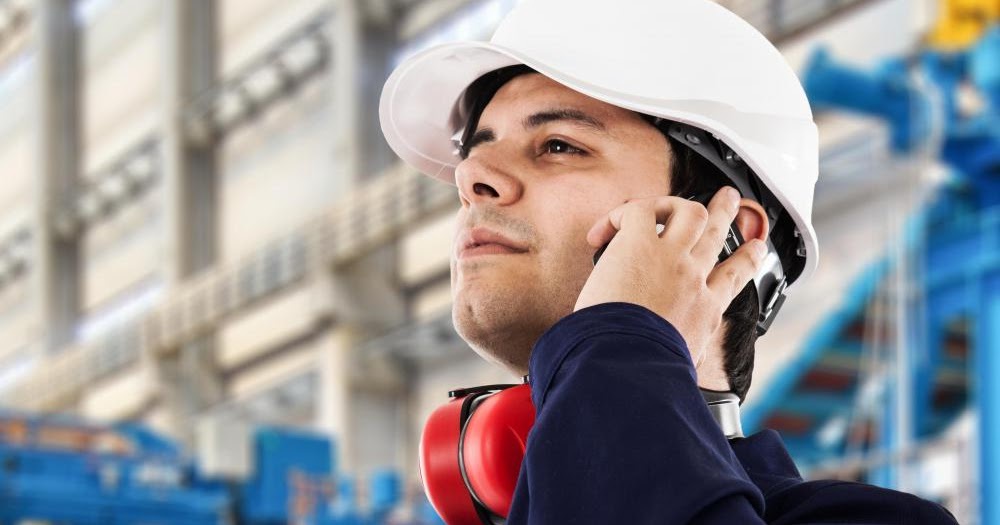Industrial chlorine dioxide is a potent oxidizing agent commonly used in various industrial processes, including water treatment, pulp and paper manufacturing, and disinfection. Its efficacy in killing bacteria, viruses, and other pathogens makes it a valuable tool in ensuring public health and safety. However, despite its benefits, exposure to chlorine dioxide can pose significant risks to human health and the environment.
The Importance of Safety Training in Handling Chlorine Dioxide
As part of the Safety Officer Course, professionals learn about the hazards associated with industrial chemicals like chlorine dioxide. Understanding its properties, safe handling procedures, and potential risks is crucial for ensuring workplace safety. In Pakistan, where industrial activities are prevalent, comprehensive safety courses are essential to mitigate the dangers associated with chemical exposure.
Health Risks of Chlorine Dioxide Exposure
1. Respiratory Effects
Inhalation of chlorine dioxide gas can lead to various respiratory issues, including irritation of the nose, throat, and lungs. Symptoms may range from coughing and shortness of breath to chest tightness and wheezing. Prolonged exposure or exposure to high concentrations can result in more severe respiratory complications and exacerbate pre-existing conditions such as asthma or chronic obstructive pulmonary disease (COPD).
2. Skin and Eye Irritation
Direct contact with chlorine dioxide or its solutions can cause irritation and chemical burns on the skin and eyes. This can manifest as redness, itching, pain, and even blistering upon prolonged exposure. Safety training emphasizes the importance of using appropriate personal protective equipment (PPE), such as gloves and goggles, to prevent skin and eye injuries when working with chlorine dioxide.
3. Systemic Effects
Ingestion or absorption of chlorine dioxide into the bloodstream can lead to systemic toxicity, affecting various organs and bodily functions. Symptoms of systemic exposure may include nausea, vomiting, abdominal pain, headache, dizziness, and weakness. Severe cases can result in organ damage, metabolic acidosis, and even death. Safety courses highlight the importance of proper storage, handling, and spill response protocols to minimize the risk of accidental ingestion or exposure.
Environmental Impact of Chlorine Dioxide Release
1. Air Pollution
Uncontrolled release of chlorine dioxide gas into the atmosphere can contribute to air pollution and adverse environmental effects. Chlorine dioxide reacts with other airborne chemicals to form secondary pollutants such as chlorite and chlorate ions, which can harm human health and ecosystems. Safety training emphasizes the need for effective ventilation systems and emission controls to prevent air contamination during industrial processes involving chlorine dioxide.
2. Water Contamination
Improper disposal of chlorine dioxide solutions or wastewater containing residual chlorine dioxide can contaminate water bodies and aquatic habitats. Chlorine dioxide reacts with organic matter in water to form harmful by-products such as chlorite and chlorate ions, which can accumulate in the environment and pose risks to aquatic organisms and human health. Safety courses stress the importance of implementing proper wastewater treatment and pollution prevention measures to minimize water pollution from industrial activities.
Mitigating Risks Through Safety Protocols
1. Risk Assessment and Management
As part of the Safety Course in Pakistan, professionals are trained to conduct thorough risk assessments to identify potential hazards associated with chlorine dioxide exposure. By understanding the specific risks and implementing appropriate control measures, such as engineering controls, administrative controls, and PPE, organizations can effectively mitigate the risks and ensure the safety of workers and the surrounding community.
2. Emergency Preparedness and Response
Safety training includes comprehensive modules on emergency preparedness and response procedures to address incidents involving chlorine dioxide exposure. This includes developing emergency response plans, conducting regular drills and exercises, and providing proper training to personnel on how to safely handle emergencies such as chemical spills, leaks, or releases. Timely and effective response can minimize the impact of accidents and prevent further harm to individuals and the environment.
Conclusion:
In conclusion, while industrial chlorine dioxide plays a crucial role in various applications, exposure to this chemical can pose significant risks to human health and the environment. Through comprehensive safety training, such as the Safety Course in Pakistan, professionals gain the knowledge and skills needed to identify, assess, and mitigate these risks effectively. By implementing robust safety protocols, organizations can ensure the safe handling and use of chlorine dioxide, thereby protecting the well-being of workers, communities, and the environment.


No comments yet